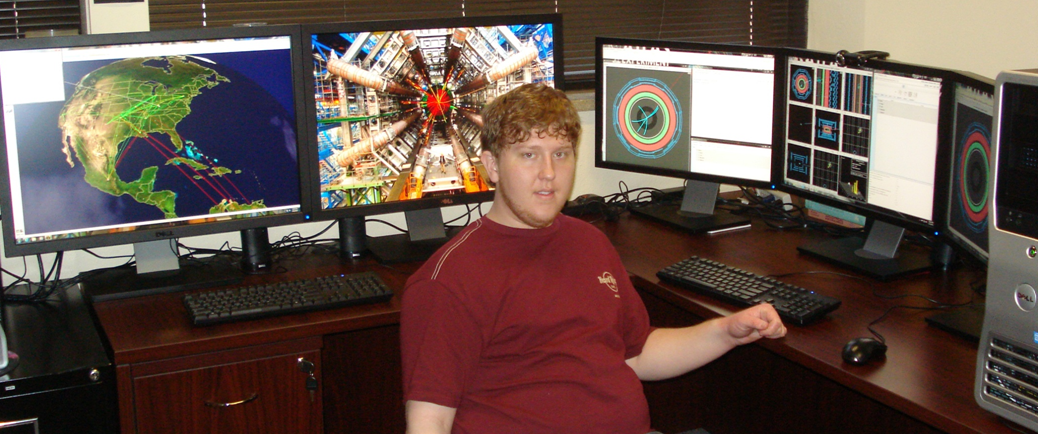
Undergraduate research opportunities exist in the department in the following areas:
- High Energy Physics (Experimental and Theoretical)
- Computational Physics
- High Performance Cluster and Grid Computing
Physics majors can obtain REU summer research internships at a number of prestigious research institutions.
One of our faculty members (Dr. Akhtar Mahmood) is a member of the high profile ATLAS high energy physics experiment at the LHC (Large Hadron Collider) at CERN (European Center for Particle Physics). LHC, the world’s largest “atom smasher” will recreate the primordial universe on a small scale and explore the fundamental structure of matter and the basic forces of nature.
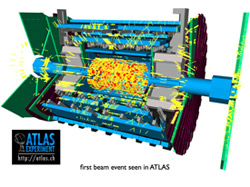
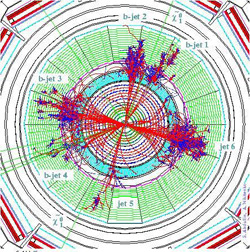
Research Opportunities in Physics
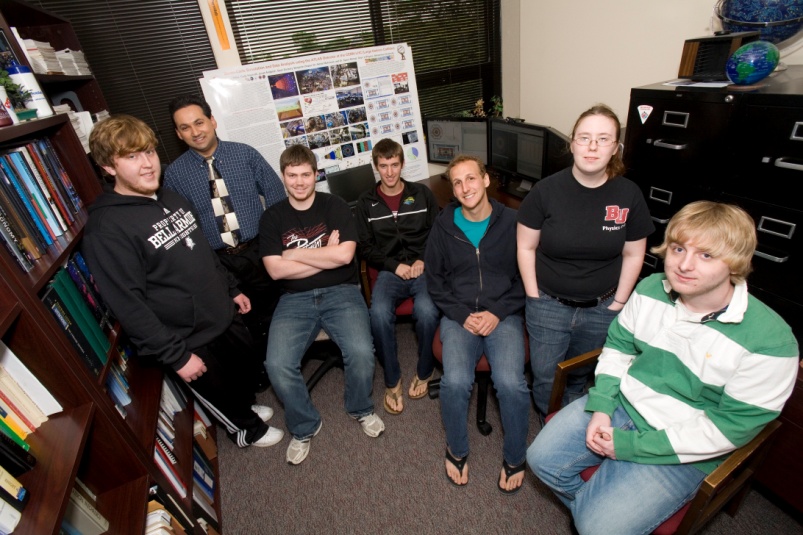
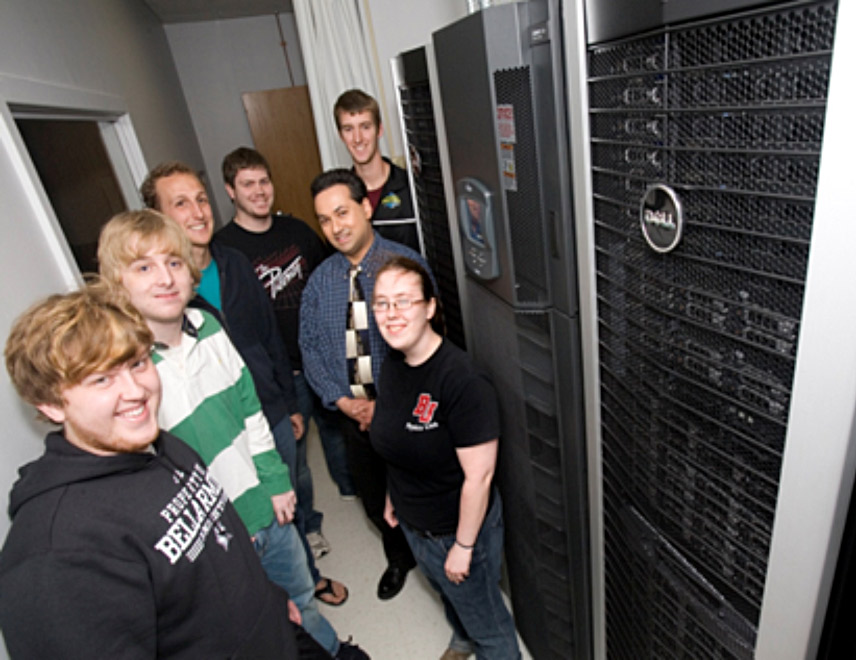
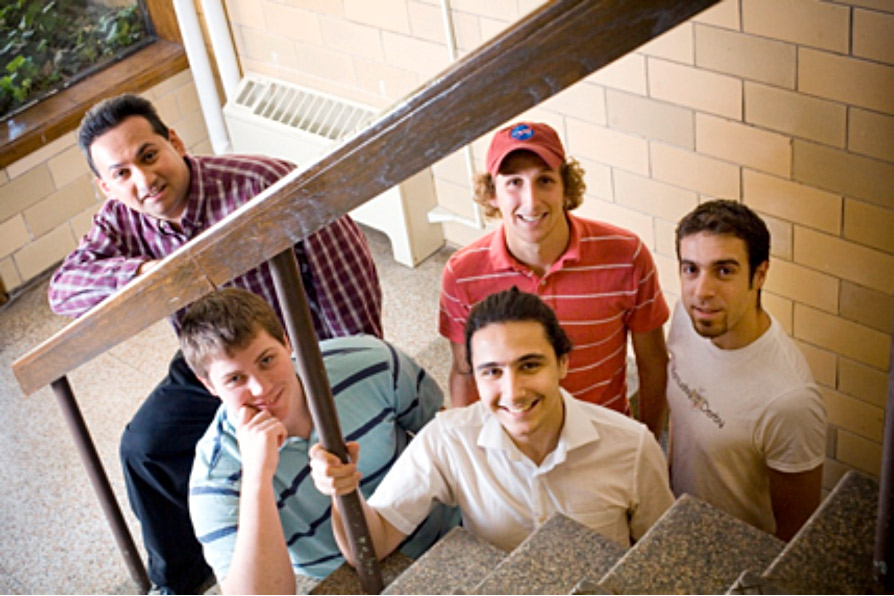
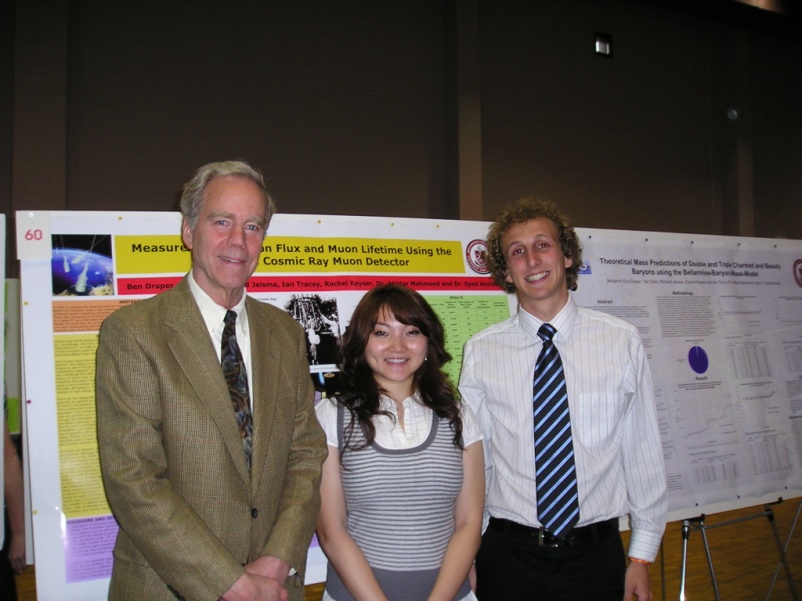
Physics majors can conduct cutting-edge research mentored by Dr. Akhtar Mahmood in:
- High Energy Physics and grid computing with the world-renowned ATLAS experiment at the world’s mo
st powerful particle accelerator (the LHC), using Bellarmine University’s NSF-funded Supercomputer that is linked to the Open Science Grid (OSG). It is the state of Kentucky’s only OSG grid site and the first OSG grid site located at a predominantly undergraduate institution in the US. Bellarmine University is part of the ATLAS collaboration, a research team at CERN that recently announced the discovery of the famous Higgs boson (the subatomic particle that gives mass to everything in the universe). In fact, Bellarmine is the only university in the state of Kentucky involved with the ATLAS experiment. The supercomputer is currently being used for the ATLAS experiment as a dedicated Tier3 grid site. Last year, several Physics majors were involved with the analysis of the Higgs Boson using the filtered ATLAS datasets. Currently several physics students are searching for new subatomic particles using very large datasets from the ATLAS experiment.
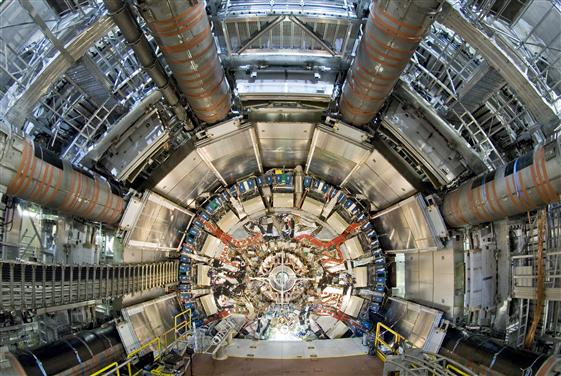
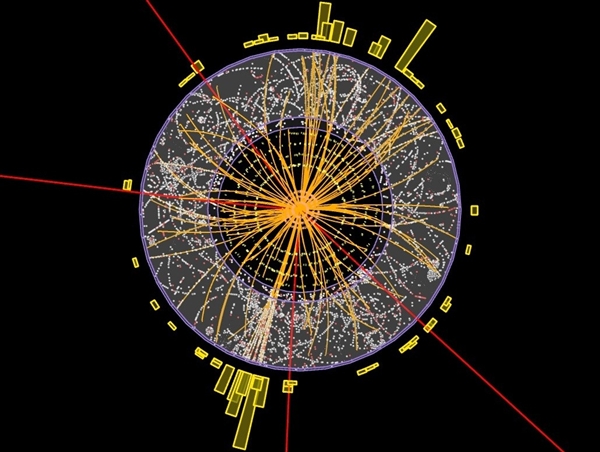
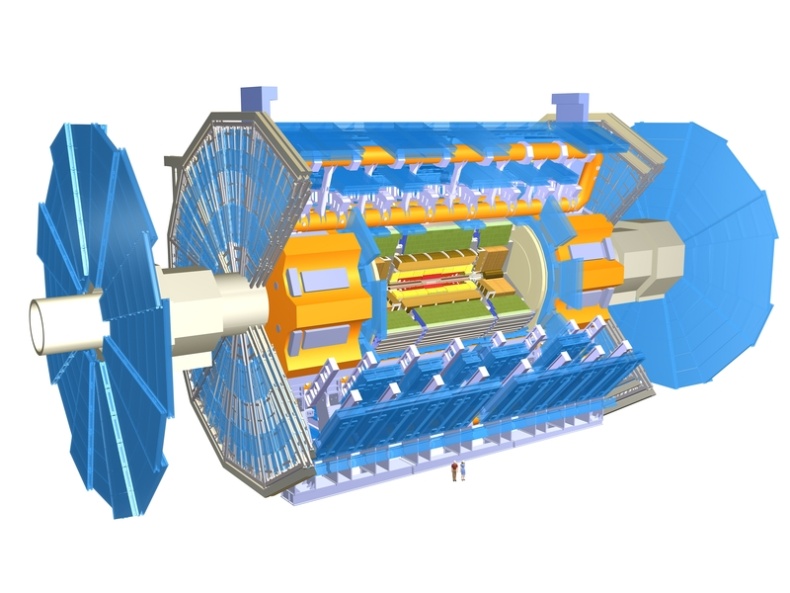
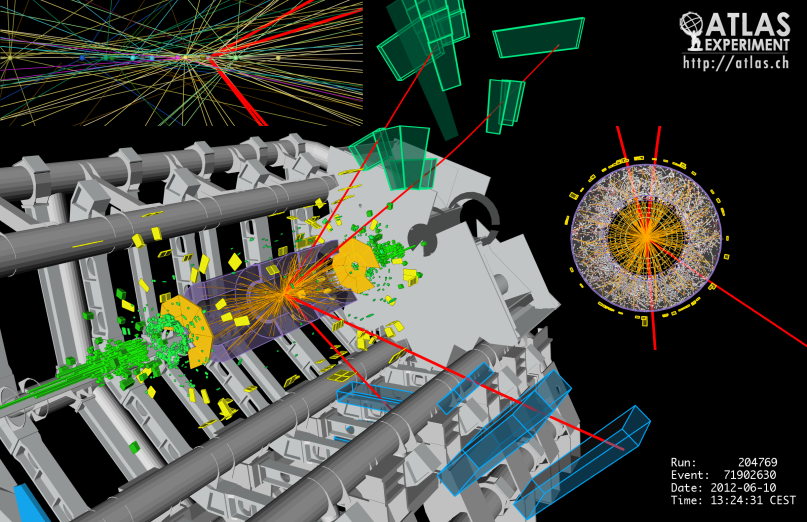
- Astrophysics with NASA’s future SIM-Lite mission project in collaboration with Caltech’s Jet Propulsion Lab (JPL) aimed as searching for extra-solar earth-like planets. Along with JPL scientists, two physics students have recently conducted their research work at JPL in the area of Wave Front Error (WFE) Analysis for the SIM-Lite mission project. In this research project, students can perform the simulation and testbed studies to determine the sensitivity and resolution of SIM-Lite’s instrumentation that will be used to search for extra-solar Earth-like planets in the future with an angular resolution of one micro-arc-second (i.e. one billionth of a degree) and a spatial space resolution of 30 pico-meters (which is 10 times less than the size of an atom).
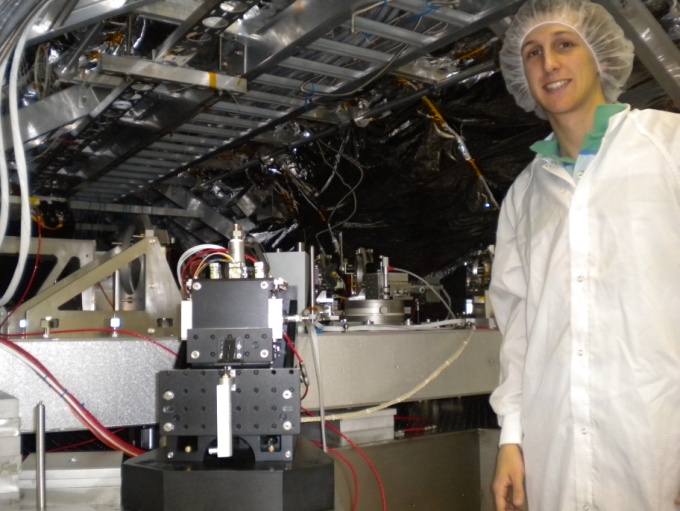
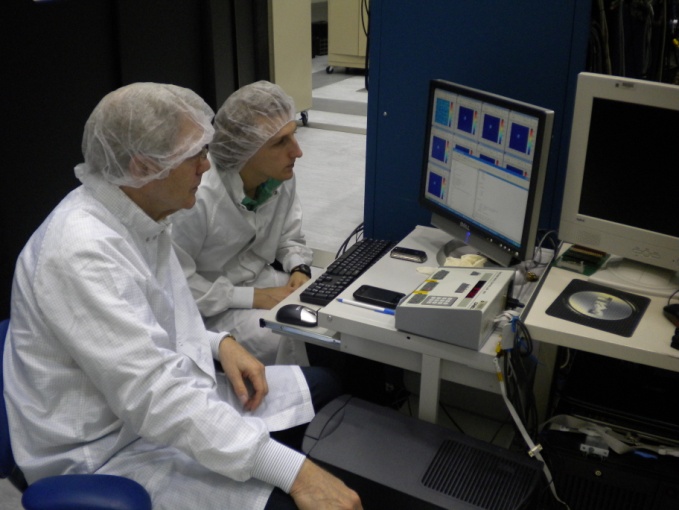

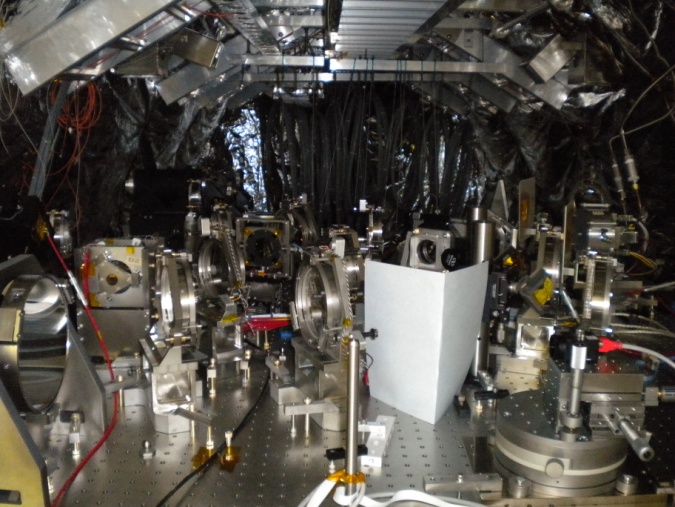
- Cosmic Ray Muon Physics using the Bellarmine-Muon Detector and a Cloud Chamber. In this research project, students can measure the muon flux and muon lifetime using a Cosmic Ray Muon Detector. The muon detector’s data can be collected using a laptop PC via a USB cable which runs the muon data acquisition software. Students can also detect actual cosmic ray muons coming from outer space using a student-built cloud chamber.
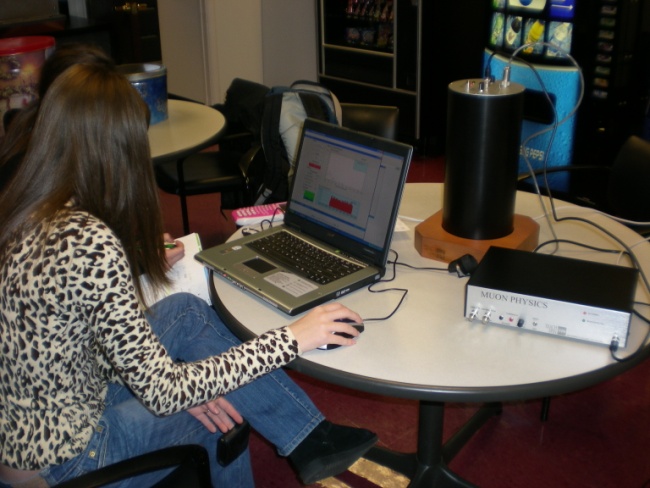
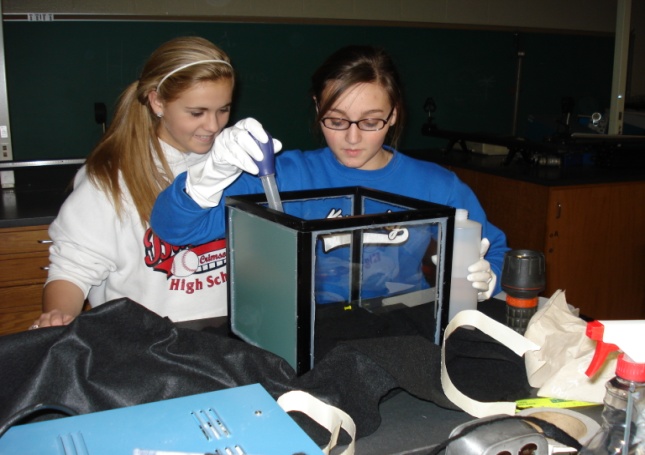
- Cluster Computing using a Beowulf Cluster. In this research project students can built a 16-node Beowulf Cluster using the Linux Fedora Core-3 Operating System and the LAM-MPI middleware software to solve complex scientific problems. The goal of this project is to speed up the execution of a program by aggregating computing power across nodes to solve a problem faster using a single parallel computing system (by spreading the computation across the nodes of the cluster and using message passing to communicate between the nodes).
.
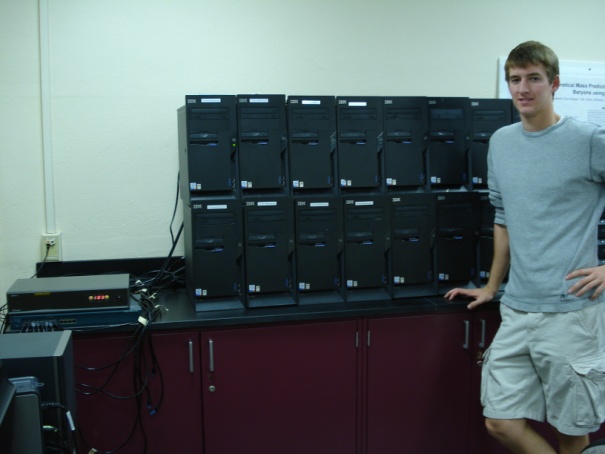
For a full list of research projects and student talks in Physics click here
In the past five years, our physics majors have presented over 35 posters and talks at local, state, regional and national meetings and conferences. A number of our majors have received the annual Kentucky Academy of Science (KAS) research awards.